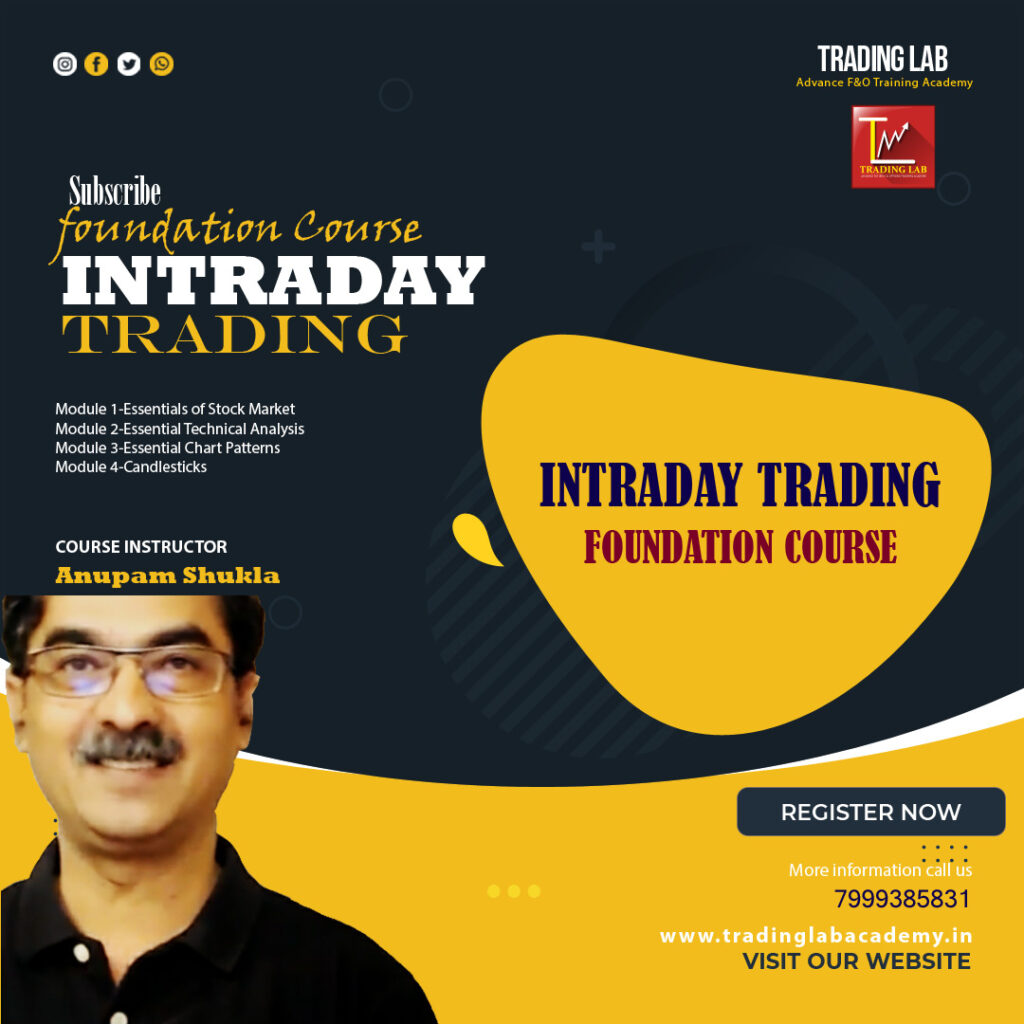Futures & Options
The derivative market, which includes futures and options, is indeed a highly traded and liquid market. However, many income-generation traders often enter this market without a detailed understanding of these instruments and end up suffering losses. The attraction of futures and options lies in their potential for generating significant profits through leverage and the ability to hedge positions or speculate on price movements.
The cause of attraction can be attributed to several factors:
Leverage: Futures and options allow traders to control a larger amount of underlying assets with a smaller amount of capital. This leverage amplifies both potential profits and losses, making it attractive for traders seeking higher returns.
Hedging: Futures and options provide a means to manage risks by hedging existing positions. Market participants, such as fund managers, use these instruments to protect their portfolios from adverse price movements.
Speculation: Traders with a strong understanding of market dynamics and price movements can use futures and options to speculate on the direction of underlying assets. This speculative nature appeals to those seeking short-term profit opportunities.
However, the lack of detailed knowledge and understanding of these instruments can lead to losses. Futures and options trading involve complex concepts, pricing models, and market dynamics. Without proper education and experience, traders may make incorrect assumptions or fail to manage risk effectively.
To address this issue, your specialized academy offers advanced courses in futures and options. These courses aim to provide a comprehensive understanding of the instruments and equip traders with the necessary skills to navigate the market successfully.
Category 1: Basics of Futures
This course covers the fundamental concepts of futures, including definitions, pricing mathematics, payoff charts, correlation with the cash market, expiry cycles, rollovers, long and short positions, and sector/stock-specific considerations. The goal is to enable traders to analyze and predict future price movements effectively.
Category 2: Basics of Options
This course focuses on the definitions and terms associated with options, such as call options, put options, strike prices (ATM, ITM, OTM), expiry, and PCR (Put-Call Ratio). It also delves into option pricing models like the Black-Scholes model and explores option Greeks, which quantify the sensitivity of option prices to various factors. Traders will learn basic options strategies based on different market scenarios and gain an understanding of option chains.
Category 3: Master Trader Futures and Options
This advanced course covers professional-level knowledge in derivatives. Traders will explore complex strategies involving multi legs with wings, event-oriented trading, breakout strategies, volatility impacts, ratios, calendar spreads, and more. Simulating option pricing under various scenarios will be a part of this segment. The course also covers hedging futures with options, as well as intraday and swing trading techniques. Option scalping, which requires expertise in bid-ask spreads, entry/exit points, and stop-loss management, will be emphasized.
By completing these courses, traders will have a comprehensive understanding of futures and options trading, including theoretical foundations, practical strategies, risk management techniques, and the importance of data analysis and quantitative methods in this domain.





